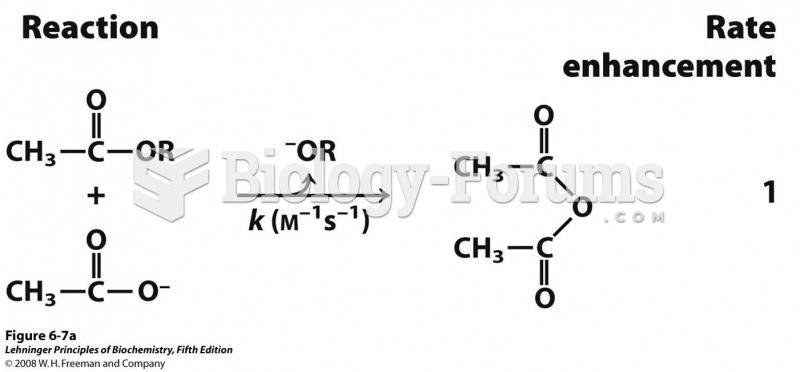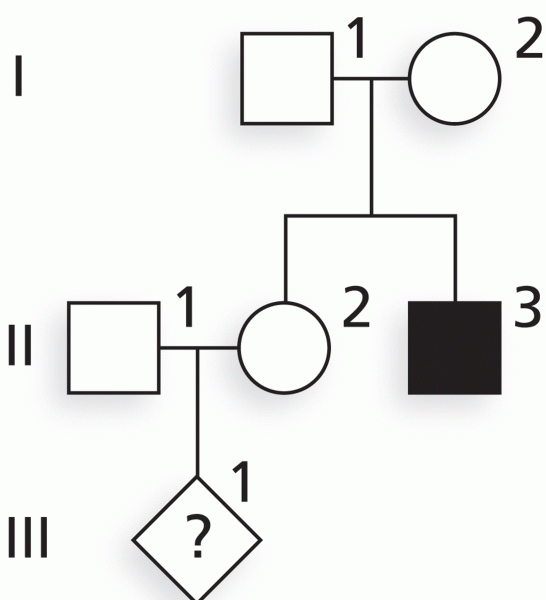An anti-raiding covenant is one in which:
a. one party promises not to sue another in case of an injury caused by a tort or some other event
b. an employee agrees not to leave and go into competition against the employer or go to work for a competitor for a certain time
c. an employee agrees to recruit fellow employees for another company when they leave their current place of employment
d. an employee agrees not to use illegal substances e. none of the other choices are correct
Question 2
Duties of the Bailee. K-2 Petroleum, Inc, and El Dorado Oil and Gas, Inc, were en-gaged in a joint-venture drilling project. They operated under an agreement whereby El Dorado provided a working electric generator for K-2's working interest in the well. The generator be-came nonfunctional, and K-2 sought to have El Dorado replace or repair it. El Dorado refused. K-2 subsequently contracted with Stewart & Stevenson Services, Inc (S & S), for the repair of the generator. Shortly after receiving the generator for repair, S & S was notified by El Dorado that it was the true owner of the generator. El Dorado identified it by model and serial number and demanded its return upon completion of repairs. Because S & S knew of the common practice among oil field companies of switching, loaning, and borrowing equipment among themselves, it allowed El Dorado to take possession of the generator after El Dorado had paid for the repair. Before K-2 received any notice of S & S's delivery to El Dorado, K-2 and El Dorado terminated their joint venture and agreed that all salvageable equipment and supplies from the project were the property of K-2. K-2 later filed suit against S & S, claiming that S & S's failure to return the generator to K-2 and its delivery of the generator to El Dorado constituted the tort of conversion. Discuss K-2's claim.







